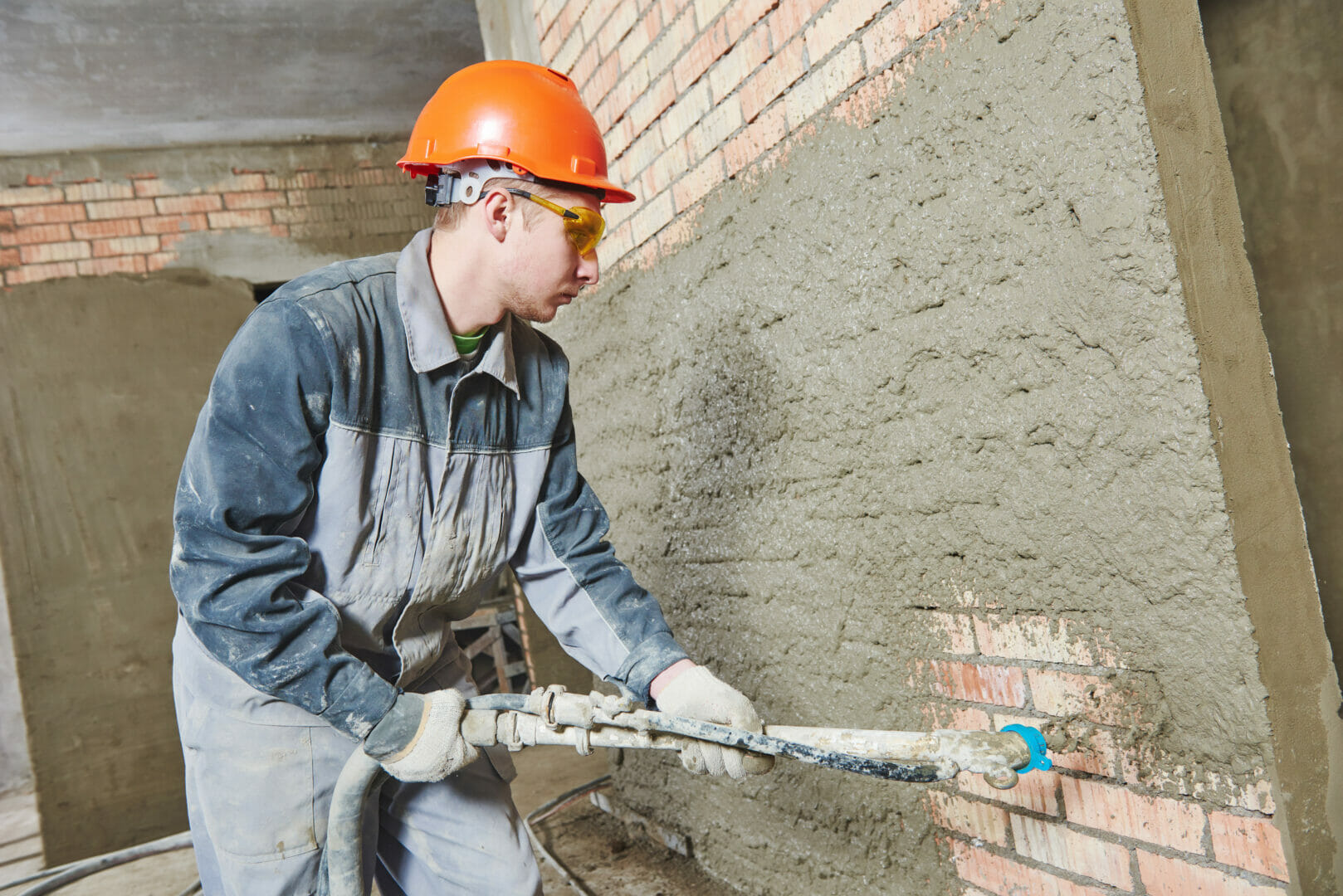
Bond It, which ranks as one of the UK’s fastest growing manufacturers of building chemicals, knows all too well about the perils of damp present in buildings.
Dampness in properties is unfortunately a common, and sometimes constant, threat for many buildings, and is a problem that is still greatly underestimated – even by the professionals! Visually excess moisture can look ugly and result in unsightly marks on walls and floors, but more importantly more serious cases of damp and flooding can present serious health risks, and even undermine the structural integrity of certain buildings. Walls of a building can become damp for many reasons: building faults, penetrating damp, plumbing issues and rising damp. And unfortunately damp walls generally mean bad news. Often leading to structural issues as well as causing health risks. Potential decorating damage and bad odours are also common results of water damage. Damp in walls is commonly caused by penetrating damp and in some rare occasions rising damp. Below ground, you may experience damp walls due to water ingress. This occurs die to hydrostatic pressure being exerted on the earth-retaining walls. This is exactly what tanking slurry has been developed to tackle.
What is Tanking Slurry and what is it used for?
The term “tanking” comes from the idea that by completely sealing a room, a waterproof tank-like barrier is created. Also known as cementitious tanking, tanking slurry is an effective solution that’s specifically designed to prevent water leakage, seepage and penetrating damp in walls and floors. It is essentially a type of cement fortified with polymers and aggregates. Once mixed with water, it becomes a liquid coating that adheres onto damp masonry. The slurry penetrates the porous passageways in the stone/brick and then sets to create a watertight bond, blocking water from travelling through the internal wall, that will safeguard structural integrity, aesthetics and hygiene.
Although other alternatives exist to tank basements and cellars, such as bitumen, a cementitious tanking slurry is one of the most effective and easy to apply.



Most commonly used in basements, cellars, sunken garages and similar rooms below ground, the main reason for use is acting as flood protection or as a measure against problem damp areas. Installing basement waterproofing systems, such as tanking can reduce and even eliminate the risk of basement flooding. Below ground spaces are those most vulnerable to damp, as groundwater that can leak in (lateral damp) or rise up (rising damp) from the surrounding earth. If not treated and left unresolved, this can rapidly lead to black mould growth. Use of a Tanking slurry will stop this mould and water ingress in its tracks but it is equally useful at both above and below ground level installations.
The most common uses for tanking slurry are cellars/basements; tanks, silage pits and swimming pools, potable water tanks, bund walls, fish ponds, foundation slabs, party walls and as a vertical DPC in stone walls or walls over 250mm. However, it is also suitable for wet rooms and wet zones as it offers a perfect solution for damp-proofing these areas prior to tiling.
As an effective waterproofing barrier for stone, masonry, brickwork and concrete it can be effectively used in an array of buildings from modern homes, commercial facilities and older buildings
How does Tanking Slurry work?
Tanking Slurry is a two-coat system, generally supplied as a cementitious/powder which is simply mixed with water to attain a silky batter-like consistency. Once dried it forms insoluble crystals that effectively work to block the passage of water. Application is simple. Once the wall has been prepared which involves removing any plaster (especially any that has been contaminated with salt) or and render, along with any previous coatings (bitumen, paints etc) right back to the original masonry. Rake out old and replace loose mortar joints and remove any other loose material before finally making sure the walls are dust-free. You will then need to carry out repairs on any cracks or holes that you can see. These can be potential inlets for water from outside. We suggest a fast setting cement compound to seal the gaps. A rapid setting watertight barrier that cures in 2 minutes and is successful in plugging running water leaks. The slurry can then be applied directly onto a damp wall or floor using a masonry brush or trowel. Under normal applications no priming is required. However for difficult surfaces a suitable SBR may be applied as a primer coat. We also recommend that any services and pipes are also sealed with a hybrid sealant to ensure a watertight finish.

Tanking slurry requires at least two coats. The first coat should be applied directly to the masonry, brick or concrete surface by brush in a horizontal direction. You should go down and across the wall floor joint and apply the slurry a 100mm onto the floor. It needs to be applied quickly as it will start to cure around the 45 minute mark. The walls should be ready for a second coat in 2 – 24 hours. Walls can be over plastered approximately 5 days after application. If plastering, only a cement based renovating plaster can be used. Solvent based paints are not suitable. Water based paints can be used however, the first coat should be of a matt emulsion type, not silk or similar.
Bond It offer a WRAS approved Tanking Slurry, available in 25Kg sack, which is resistant to positive and negative water pressure up to 7 bar, and Plug It rapid setting cement for remedial work on cracks and holes, supplied in a 5Kg tub.
Contact 01422 315300 or email sales@bonditgroup.com for more information.
